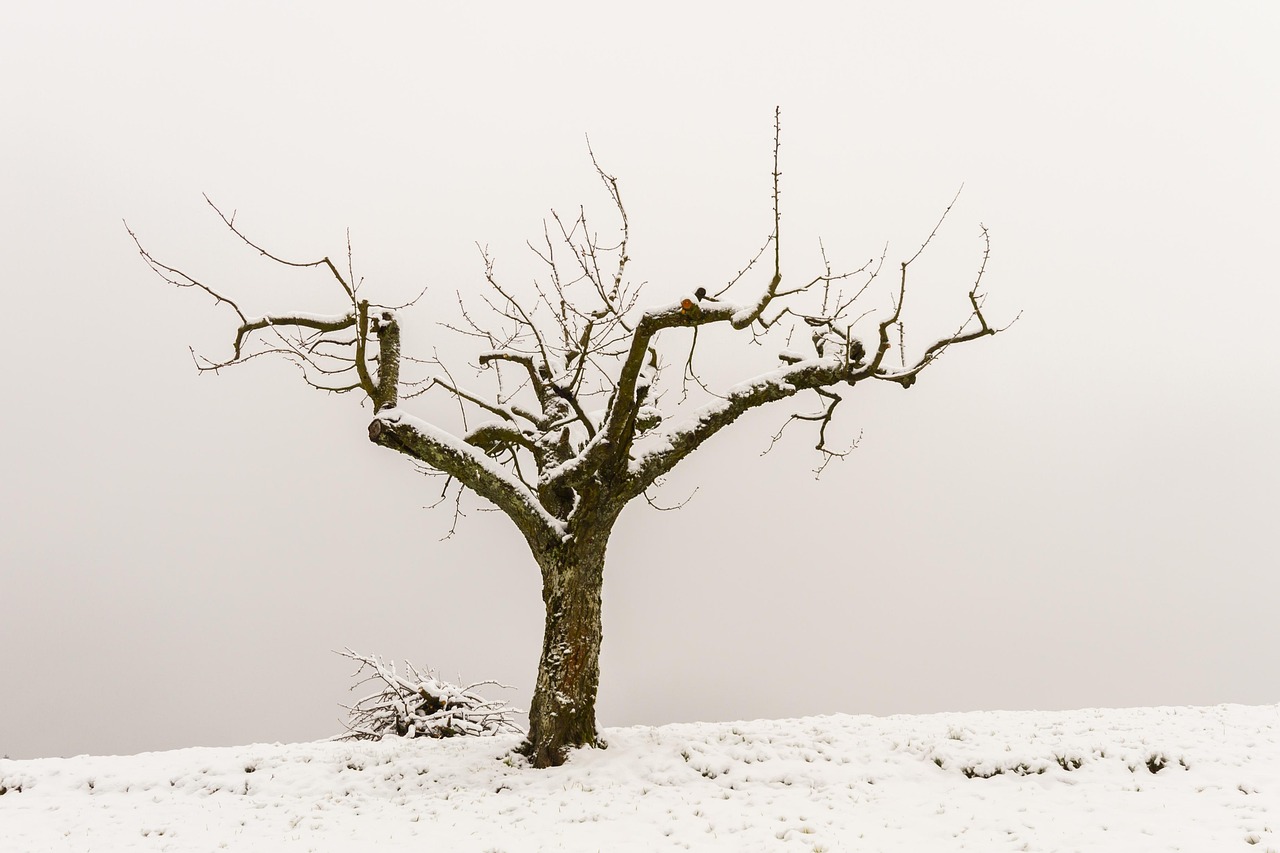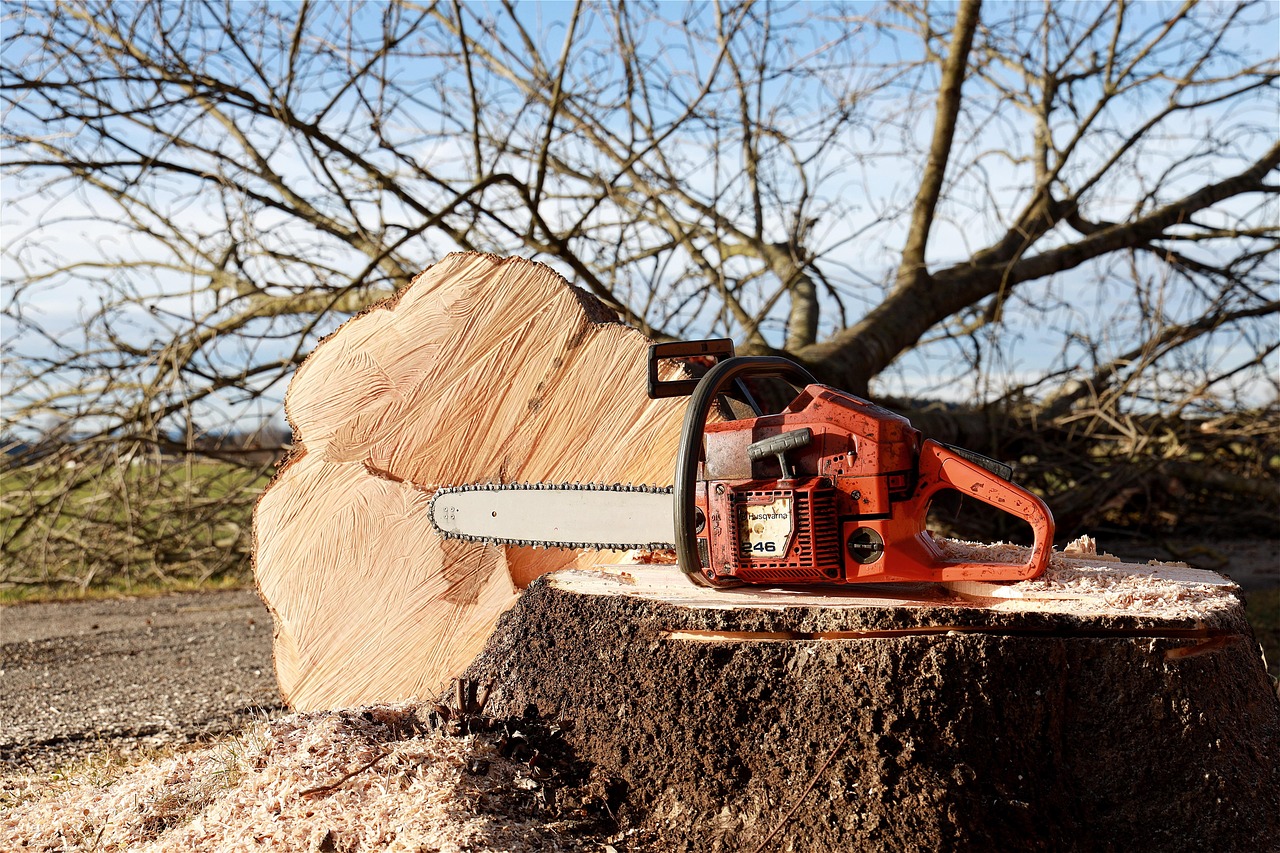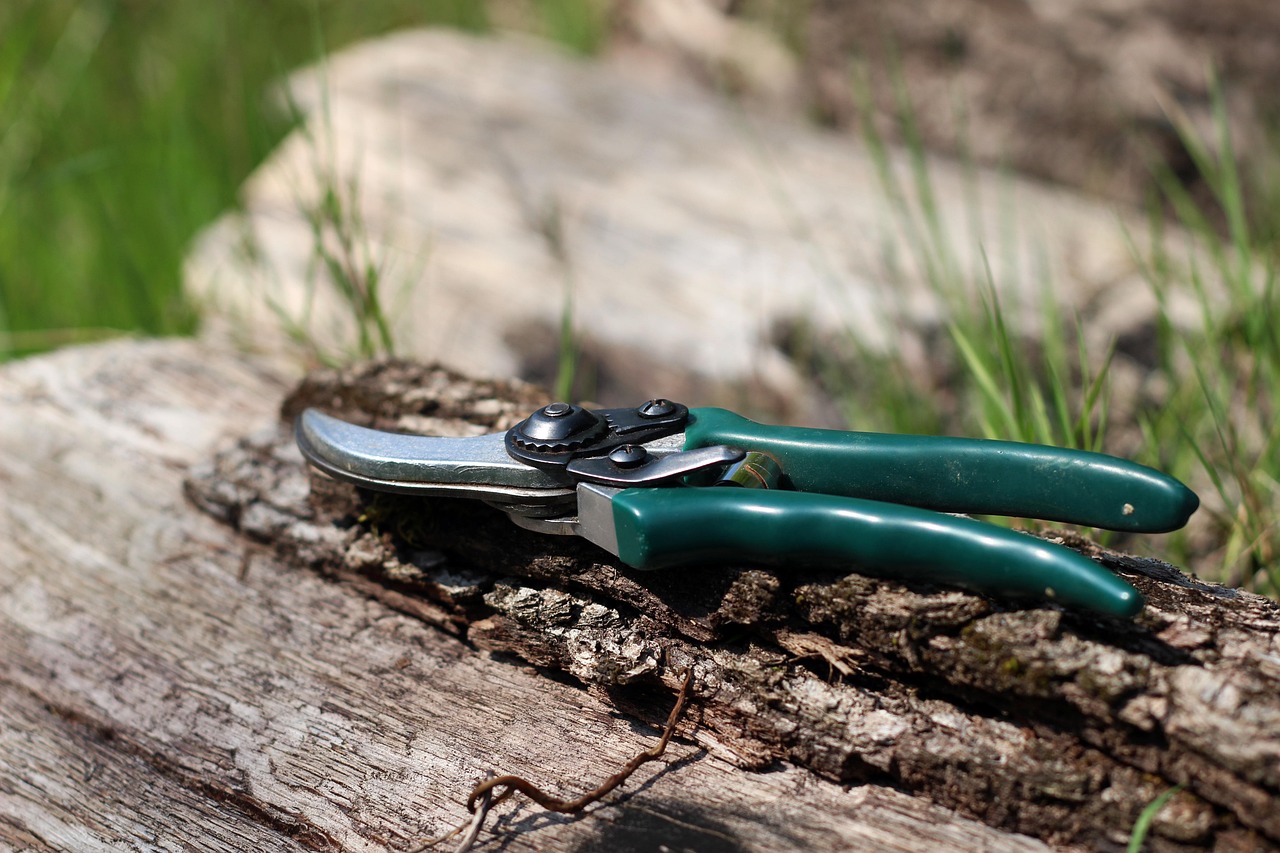Zelkova tree pruning enhances structural strength by removing weak branches, improving light penetration, and promoting healthy growth. Proper techniques are essential to maintain the tree’s shape and health, ensuring it stands strong against storms and pests.
The Zelkova tree, a member of the elm family, is cherished for its resilience and striking appearance. It is commonly used in urban landscaping due to its ability to withstand pollution and varying soil conditions. However, like all trees, Zelkova requires regular maintenance to thrive, particularly through pruning. Understanding the right pruning steps will help ensure these trees not only look good but also develop strong structural integrity.

Pruning is not just about aesthetics; it plays a crucial role in the health of the tree. Regular cutting encourages new growth, helps control size, and eliminates competition among branches. For Zelkova trees, the goal is to create a well-balanced canopy that allows sunlight to reach all parts of the tree while reducing the risk of branch failure.
Understanding the Importance of Pruning
Pruning serves several vital purposes for Zelkova trees:
- Enhances tree structure.
- Improves air circulation within the canopy.
- Promotes health by removing diseased or dead branches.
- Encourages proper growth patterns.
- Reduces the likelihood of storm damage.
When pruning Zelkova trees, it is essential to consider the timing and techniques used. Improper pruning can lead to stress, making the tree vulnerable to diseases and pests. The ideal time for pruning is during late winter or early spring before new growth begins. This timing minimizes stress and maximizes recovery.

Essential Pruning Tools
Before beginning the pruning process, gather the necessary tools. Having the right equipment ensures efficiency and safety. Here are some essential tools for pruning Zelkova trees:
| Tool | Purpose |
|---|---|
| Hand Pruners | For cutting small branches up to ¾ inch in diameter. |
| Loppers | For cutting larger branches up to 2 inches in diameter. |
| Saw | For removing thick branches that hand pruners and loppers cannot handle. |
| Safety Gear | Includes gloves, goggles, and a hard hat for protection during pruning. |
Using sharp tools is crucial for making clean cuts that heal quickly. Dull tools can cause damage to the tree, leading to increased risk of disease. Always clean your tools before use to prevent transferring pathogens between trees.
Steps for Pruning Zelkova Trees
To ensure structural strength and health, follow these steps when pruning Zelkova trees:

- Assess the Tree: Before you begin, take a moment to assess the overall health and shape of the tree. Look for any dead or diseased branches that need immediate attention.
- Remove Dead or Diseased Wood: Start by cutting away any branches that are dead, dying, or diseased. This helps prevent the spread of disease and encourages healthy growth.
- Thin Out Crowded Areas: Identify branches that are overcrowded. Remove some of these branches to improve air circulation and light penetration throughout the canopy.
- Maintain a Central Leader: Ensure that the tree has a dominant central leader. This is crucial for stability and strength. If multiple leaders exist, choose the strongest one and remove the others.
- Avoid Topping: Topping may seem like an easy solution for size control, but it can harm the tree’s health. Instead, prune selectively to maintain natural shape.
- Make Strategic Cuts: Use proper cutting techniques. Make cuts at a slight angle close to the branch collar for optimal healing.
Following these steps will help create a strong structure for your Zelkova tree, allowing it to thrive in its environment. Regular maintenance through careful pruning is key to ensuring its longevity and beauty.
In addition to these pruning steps, consider periodic inspections throughout the growing season. This allows you to catch any emerging issues early on. Regular care not only enhances the appearance of your Zelkova tree but also promotes a healthier ecosystem in your landscape.
Timing Your Pruning
Choosing the right time to prune your Zelkova tree is crucial for its health and structural integrity. Pruning at the wrong time can lead to excessive sap loss, stress, and increased susceptibility to diseases. Generally, the best time to prune is during the tree’s dormant season, which occurs in late winter to early spring.

Here are some key points regarding the timing of pruning:
- Late Winter to Early Spring: This is the optimal time for most pruning tasks. The tree is still dormant, which minimizes stress and allows for quicker healing.
- Avoid Late Summer and Fall: Pruning during these times can stimulate new growth, which may not have enough time to harden off before winter.
- Monitor Weather Conditions: Ensure that temperatures are consistently above freezing. Pruning during extreme cold can damage the tree.
Understanding Zelkova Tree Growth Patterns
To effectively prune Zelkova trees, it is vital to understand their growth patterns. Zelkova trees are known for their fast growth and can reach considerable heights. Their branches tend to grow in a vase-like shape, which requires careful management to maintain stability.
The following factors influence the growth patterns of Zelkova trees:
- Branching Structure: Zelkova trees naturally develop a central leader with lateral branches. Understanding this structure helps in identifying which branches to prune.
- Growth Rate: These trees can grow rapidly, adding significant height and width each year. Regular pruning helps manage this growth effectively.
- Environmental Factors: Soil quality, sunlight exposure, and water availability all impact how a Zelkova tree grows. Be mindful of these factors when planning your pruning strategy.
Common Mistakes to Avoid
While pruning is essential, there are common mistakes that can undermine your efforts. Being aware of these pitfalls can help you ensure the health and strength of your Zelkova tree.
- Over-Pruning: Removing too many branches at once can shock the tree and hinder its growth. Aim to prune no more than 20% of the tree’s canopy in a single season.
- Incorrect Cutting Techniques: Always use proper cutting techniques to prevent damage. Avoid making flush cuts or leaving long stubs, as these can lead to decay.
- Ignoring Tree Health: Always assess the overall health of the tree before pruning. Pruning a stressed or diseased tree may worsen its condition.
- Neglecting Safety Precautions: Always prioritize safety when climbing or using sharp tools. Wear protective gear and consider hiring professionals for large trees.
Post-Pruning Care
After pruning, it is essential to care for your Zelkova tree to ensure it recovers well. Proper aftercare will help the tree heal and thrive.
The following practices can aid in post-pruning care:
- Watering: Provide adequate water after pruning, especially if the weather is dry. This helps support new growth and reduces transplant shock.
- Mulching: Apply a layer of mulch around the base of the tree. This helps retain moisture and suppress weeds that could compete for nutrients.
- Monitoring for Pests: Keep an eye out for pests or diseases following pruning. Early detection can prevent significant damage.
- Nutritional Support: Consider applying a balanced fertilizer in the spring after pruning to promote healthy new growth.
Using Correct Pruning Techniques
The technique used during pruning significantly affects how well a Zelkova tree will recover. Each cut should be made thoughtfully to minimize damage and promote healing.
Here are some effective techniques for pruning Zelkova trees:
| Technique | Description |
|---|---|
| Heading Cuts | Used to shorten branches, promoting bushier growth. Make cuts just above a leaf node or bud. |
| Thinning Cuts | Remove entire branches back to a lateral branch or trunk. This opens up the canopy and improves light penetration. |
| Crown Reduction | A method used to reduce the size of the canopy while maintaining its shape. Focus on upper branches for height control. |
| Selective Pruning | This involves removing specific branches based on their health and position, rather than following a preset routine. |
By employing these techniques effectively, you can ensure that your Zelkova tree maintains its structural strength while also thriving in its environment. Regular attention to pruning will contribute significantly to its long-term health and beauty.
Signs of a Healthy Zelkova Tree
To effectively prune a Zelkova tree, it is essential to recognize the signs of a healthy tree. A strong, vibrant tree will respond better to pruning efforts and continue to thrive. Here are some indicators of a healthy Zelkova tree:
- Lush Foliage: Healthy Zelkova trees exhibit dense green leaves without discoloration or wilting.
- Strong Structure: The tree should have a well-defined central leader and evenly spaced lateral branches.
- No Signs of Disease: Look for any signs of disease such as unusual spots on leaves, excessive leaf drop, or fungal growth.
- Robust Growth: A healthy tree will show consistent growth in height and width each year.
Monitoring these signs can help you determine when to conduct pruning and how much to remove. Keeping an eye on your Zelkova tree throughout the growing season allows for timely interventions when needed.
Identifying and Managing Pests and Diseases
Zelkova trees, while generally resilient, can be susceptible to certain pests and diseases that may affect their health. Understanding these potential threats is crucial for maintaining the tree’s structural strength. Here are some common issues that Zelkova trees may face:
Pests
- Aphids: These small insects can cause leaf curling and yellowing. They feed on sap and can weaken the tree.
- Scale Insects: Scale can appear as small bumps on branches and leaves. They also feed on sap, leading to overall decline.
- Spider Mites: These tiny pests can cause stippling on leaves and can lead to leaf drop if not managed promptly.
Diseases
- Powdery Mildew: This fungal disease manifests as a white powdery substance on leaves. It can weaken the tree and affect its growth.
- Canker Diseases: Cankers can form on branches, leading to dieback. Identifying these early is vital for treatment.
If you notice any signs of pests or diseases, it is essential to take immediate action. Here are some management strategies:
- Regular Inspections: Inspect your Zelkova tree frequently for signs of pests or diseases, especially after pruning.
- Natural Predators: Encourage beneficial insects like ladybugs to control aphid populations naturally.
- Pesticides: If infestations occur, consider using insecticidal soap or horticultural oils as a treatment option.
- Fungal Treatments: For fungal issues, apply fungicides as recommended based on the specific disease affecting your tree.
Understanding Zelkova’s Growth Habits in Different Environments
The environment in which a Zelkova tree is planted significantly impacts its growth habits and pruning needs. Understanding these influences can help you tailor your care practices effectively.
Soil Conditions
Zelkova trees prefer well-drained soil that retains some moisture but does not become waterlogged. Here are some soil considerations:
- pH Level: A slightly acidic to neutral pH (around 6.0 to 7.5) is ideal for Zelkova trees.
- Nutrient-Rich Soil: Incorporating organic matter can enhance soil quality and promote healthier growth.
Sunlight Exposure
Zelkova trees thrive in full sun to partial shade. Adequate sunlight promotes vigorous growth and helps prevent diseases:
- Avoid Dense Shade: Trees planted in heavy shade may develop weak structures due to insufficient light.
- Sunlight Management: During pruning, ensure that the canopy is open enough to allow light to penetrate throughout the branches.
Water Availability
Sufficient water is crucial for the health of Zelkova trees but must be balanced to avoid overwatering:
- Irrigation Needs: Newly planted Zelkova trees require regular watering until established. Mature trees are more drought-tolerant but still benefit from deep watering during dry spells.
- Avoiding Water Stress: Monitor soil moisture and adjust watering schedules accordingly, especially after pruning when the tree needs extra support.
Caring for Young Zelkova Trees
Younger Zelkova trees require particular attention during their formative years to develop a strong structure. Proper care during this stage sets the foundation for future growth.
The following practices are essential for young Zelkova trees:
- Establishing a Strong Leader: Ensure that the central leader remains dominant during early growth. Prune competing leaders promptly.
- Cautious Pruning: Limit pruning to light thinning initially, focusing on removing only weak or crossing branches.
- Caging or Staking: Use stakes or cages if necessary to provide structural support during windy conditions while the tree establishes its root system.
Caring for young Zelkova trees will pay off in the long run as they develop into strong, healthy specimens that require less intervention as they mature. Regular monitoring and appropriate pruning will help maintain their structural integrity throughout their growth stages.
Advanced Techniques for Zelkova Tree Pruning
For those looking to refine their pruning skills, understanding advanced techniques can help maximize the health and structural strength of Zelkova trees. These methods are typically used by experienced gardeners or arborists and may require additional knowledge and practice.
Training Young Trees
Training young Zelkova trees not only helps shape their growth but also establishes a strong framework for future development. Here are some advanced training techniques:
- Leader Training: Choose the strongest leader when the tree is young and use ties to ensure it remains upright. This encourages a strong central trunk.
- Branch Selection: As the tree grows, selectively prune lower branches to promote upward growth while maintaining a balanced structure.
- Angle Pruning: Prune branches at an angle to encourage growth in desired directions, which can enhance light exposure and air circulation.
Seasonal Pruning Strategies
Implementing seasonal pruning strategies can yield different benefits depending on the time of year. Consider the following:
- Spring Pruning: Light pruning in the spring can stimulate new growth and allow for easier inspection of the tree’s health after winter dormancy.
- Summer Pruning: This is useful for controlling growth by removing unwanted shoots and ensuring that the tree maintains its desired shape.
- Fall Pruning: Generally, avoid heavy pruning in the fall as it can lead to exposure of fresh cuts to cold weather. However, minor maintenance can be done if necessary.
Utilizing Tools Effectively
Using the right tools for specific tasks can enhance the effectiveness of your pruning efforts. Here are some tips for tool usage:
- Pruning Shears: Ideal for small branches and precise cuts. Make sure they are sharp for clean cuts that minimize tree damage.
- Bypass Loppers: These are excellent for cutting thicker branches while preventing crushing injuries to live wood.
- Saws: For larger branches, use a handsaw or a pole saw. Ensure that you make clean cuts without tearing the bark.
Treating Pruning Wounds
After pruning, treating the cut areas can help prevent disease and promote healing. Here are some effective strategies:
- Avoiding Sealants: Generally, it is best not to use sealants on pruning cuts as they can trap moisture and promote decay. The tree has its natural healing process.
- Monitoring Cuts: Keep an eye on pruning wounds for signs of infection or disease. Address any issues promptly with appropriate treatments.
- Providing Care: Continue with regular watering and mulching after pruning to support the tree’s recovery.
Final Thoughts
Zelkova trees are valuable additions to any landscape, offering beauty and resilience when properly cared for. Implementing effective pruning techniques is essential for maintaining their structural strength and promoting healthy growth. Understanding the nuances of timing, tools, and techniques can significantly impact the long-term health and aesthetics of these trees.
The journey of pruning Zelkova trees involves continuous learning and observation. By recognizing signs of health, addressing pests or diseases promptly, and employing advanced techniques, you can cultivate robust trees that enhance your environment. Regular maintenance, thoughtful care, and strategic pruning will result in an impressive Zelkova that thrives for years to come.
Your efforts in nurturing these trees not only contribute to their resilience but also enrich your local ecosystem. Zelkova trees provide shade, beauty, and wildlife habitat, making them a worthwhile investment in any garden or urban setting. As you apply these practices, remember that patience and attentiveness are key to successful tree care.
